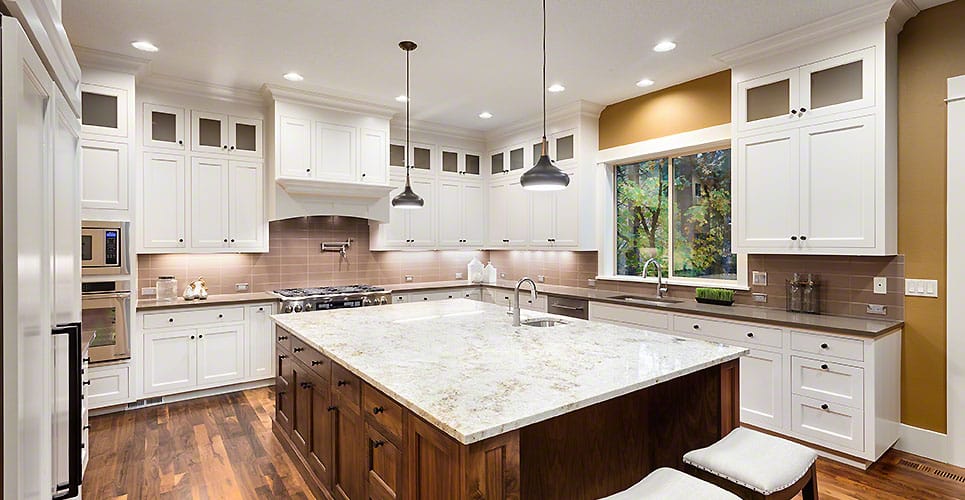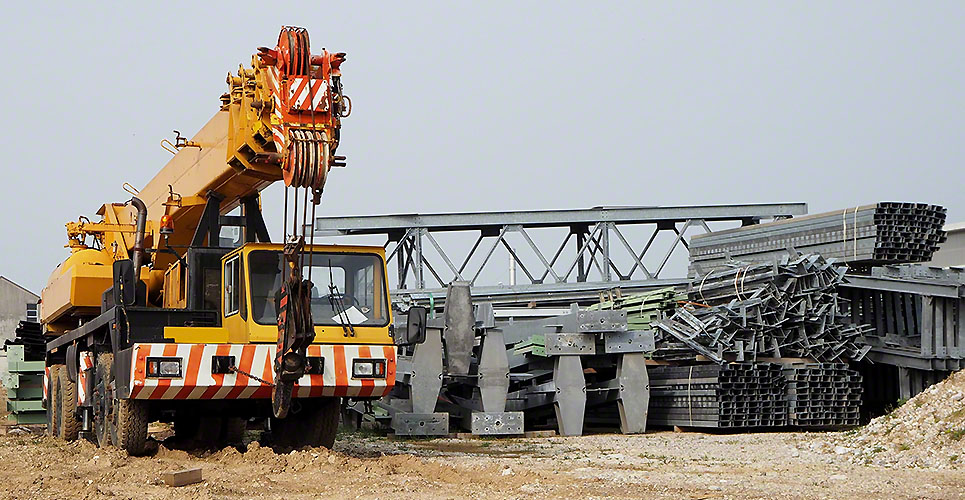Marble and granite countertops are your go-to stone when choosing kitchen countertops. And it is not difficult to guess why. Marble is a classic natural stone that can instantly add value to your home and can blend in any kind of setting whether modern or traditional.
Let’s talk about marble. It has become the one of the most preferred choices for your kitchen countertops, but choosing the perfect kind of marble for your kitchen countertop is not an easy task. When you enter the shop to purchase the right kind of countertop, you are overwhelmed by the enormous choices and designs. The perfect type of marble for your kitchen countertops depends on your costs, the color scheme and your personal preferences. However, below is a detailed guideline for you to choose a marble countertop.
Origin
The first and foremost thing you should ask the fabricator is where does the particular design of marble originates from. When you are investing a good amount for your countertop you want it to be original. Make sure you go to a seller or shop that sells original natural stone marble and not the fake ones from China. Marble is something that will last you a lifetime so you would want it to be perfect.
Color
Marble is a naturally occurring stone and hence not hundreds of colors are available like in the engineered stone countertops. But there are enough for you to select from. The most popular is the pure white marble that originates in Italy. It is a beautiful white slab of marble stone that can make any home look expensive and can match any tone of your kitchen and design.
Veining
Marble is made by the mother earth itself and it is bound to have some imperfections which in turn makes it perfect. The best part about marble is that every slab will be different as it is made in the depth of the earth’s surface composed of different minerals and stones. Every slab of marble will have differently formed veins and lines. You will have to ask the contractor to match different slabs to make a beautiful veining pattern. The pattern can be dependent on your likes and preferences.
Cross-Cut
Another option that you have in marble is a cross-cut pattern. The cross cut pattern makes a blooming flower type once you join all the slabs of marble together. You can also have a blend of both, veins and cross cut to create a unique marble pattern.
Professional Fabricator
No matter you are choosing marble, granite or quartz countertop, you should always go to a professional contractor for your countertop as he will be able to match all the pieces and slabs together to create a wonderful countertop. Immature or unprofessional people may create a mismatched countertop which may not appeal too well. A professional will be able to join all the seams to make it feel as it has naturally occurred this way.
Finishing
Your marble will not be complete without the finishing touches. There are two types of finishing available, a glossy, polished finish and a dull finish. A polished finish comes from sealants and a gloss but this could also lead to etching due to placing hot pots and acidic solvents. While a dull finished look will add longevity to your marble countertops as it won’t show signs of etching.
Cuts and Edges
The cut of your marble countertop plays part in the counter’s longevity. You can go for rounded corners or narrow cut corners. Rounded corners are prone to less chipping while the narrow cut may get chipped easily and more frequently.
Cost
You can choose the marble countertop according to your range and cost. The initial costs of purchasing marble slabs depends on the country of origin and the type of marble, but the installation costs can be high or low depending on the design you want. The most versatile and seamless design will cost you more while the more the natural looking slabs the less the installation costs. There are also many types of marbles ranging in different colors and veining.
Once you have purchased marble countertop NC and got it installed, the aftercare is very important as it is a porous material and needs care when using acidic solvents, liquids and hot pots and pans.


